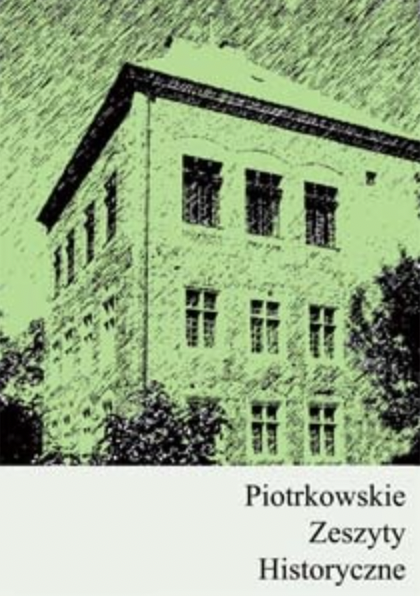Od „Władysława Sikorskiego” do oddziału „Mur”-„Dąb”. Organizacje niepodległościowe na północno-zachodnim pograniczu Wielkopolski w latach 1939-1945
From „Władysław Sikorski” to the „Czułkowce”-„Węgielnia”.
Independence organizations in the north-western border
of Wielkopolska in the years 1939-1945
Author(s): Arkadiusz SlabigSubject(s): Military history, Political history, WW II and following years (1940 - 1949)
Published by: Instytut Historii UJK - Filia w Piotrkowie Trybunalskim
Keywords: Greater Poland; Wartheland; World War II; occupation; resistance movement
Summary/Abstract: During World War II, Greater Poland, as an area conquered by the German occupier, was directly incorporated into the Third Reich. It was subjected to forced Germanization. In practice, this meant the physical extermination or mass deportation of the Polish elites, the settlement of the German population and a set of activities aimed at transforming the Poles left behind into a community of slaves. Facing the threat of extermination, the Polish inhabitants of Greater Poland undertook various forms of self-defence, both spontaneous, unorganized and organized, within underground structures. Both types of activities against the occupier were undertaken by the inhabitants of the northwestern counties adjacent to the former state border. They successfully used the knowledge of vast forest areas, sparse population, the ability to use the German language, the shortage of manpower that plagued the Germans and the weakening of the police regime in the former borderland. After the end of the German occupation, some of the former conspirators resisted the communist authorities by recreating partisan units.
Journal: Piotrkowskie Zeszyty Historyczne
- Issue Year: 24/2023
- Issue No: 1
- Page Range: 71-117
- Page Count: 47
- Language: Polish

